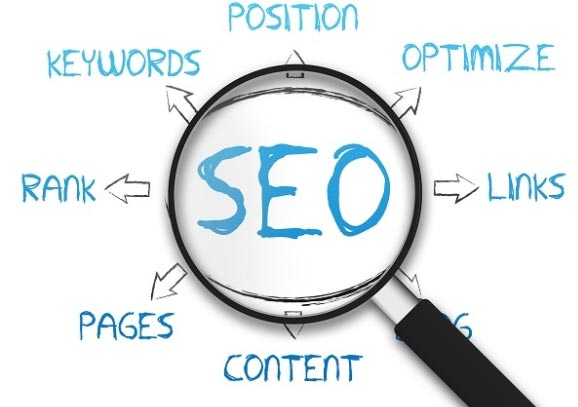The introduction of content management systems (CMS) such as WordPress have changed the website game forever. Today, five to ten websites are launched on the World Wide Web every single second. Before, professionals had to jump hurdles and hoops to make a single one. Now, everyone can make one in a matter of minutes, even without any prior coding knowledge whatsoever. This has its advantages, but has also led to many problems.
After an easy installation process, the website customization process awaits. Customization isn’t hard, considering the huge repertoire of available themes and templates. But making sure the website theme promotes search engine optimization (SEO), performance, and other metrics—that’s where things get tricky.
Here are some important pointers and their relevance to your site’s layout and theme to make you understand how a website’s theme affects your search engine rankings and overall performance.
- Affects SEO Performance
Suppose your site is built on a CMS system like WordPress. You have to realize that your WordPress theme can impact SEO performance in a variety of ways. Employing the best practices for SEO can help you rank significantly higher on search engine results pages (SERPs). Some factors that contribute to good SEO include:
- High-quality keywords
- Meta Tags
- Meta Descriptions
- Internal Linking
And of course, your website’s theme.
A Miami SEO company reminds us that search engines do not view a website visually the same way we do, when they scan site they see the visuals, layout and content through the code. If your theme is poorly structured and doesn’t have appropriately placed HTML tags, search engines will give you a low-ranking score because they won’t understand your website’s main purpose.
Below are some strategies you can use to make your website’s theme more SEO-friendly:
- Your theme should highlight the most relevant sections of your content to make search engine accessibility easy. Refrain from posting duplicate content and make sure customized templates have proper HTML tags.
- A huge indicator of SEO performance is Hypertext Markup Language (HTML). The primary job of HTML5 tags is to promote the visibility of the most critical content sections. Your template should be structured in such a way that it promotes HTML placement.
- Smartphones account for a huge chunk of online traffic. Your theme should load equally well on mobile devices as it does on desktops. A single code that accommodates all screen sizes is a convenient choice in this regard.
- Affects Page Speed
Both users and search engines hate slow loading websites. That’s why website speed is critically important for SEO. If your website pages load at a snail’s pace, it will harm your SERP rankings. Website themes play a pivotal role in this regard.
Some platforms, especially WordPress, have themes with multiple image loading patterns, which impact page speed and performance. Moreover, poorly coded website themes not only affect loading times, but also make your website susceptible to hacks.
Below are some strategies you can use to improve your website’s speed:
-
- Make sure your landing pages are properly optimized.
- Remove any speed-draining elements, such as unneeded widgets. Focus more on content.
- Concentrate on choosing a fast-loading WordPress theme in your initial stage

- Affects User Experience
Your website is like a home. Users won’t appreciate it if it’s messy, unappealing, and overwhelming.
A significant indicator of your website’s performance is user experience. Your website’s theme plays a pivotal role in dictating user experience. A bad theme or one clogged with too many graphics and plugins will negatively affect your website speed and cause performance and security problems. Therefore, it’s highly important to choose the right website theme to promote user experience and turn your website or blog into a business.
Below are some pointers to choose the right website theme for your website:
- Use image filtering programs to find images you’ll be keeping on your website’s theme, such as headers and backgrounds. You can also use these programs to compress images and improve load speeds.
- If you’re using a customized theme, the codes and tags need to be smartly integrated. Don’t use more than one H1 tag on a single web page. You can use multiple H2 and H3 tags to promote search engine visibility. Also, make sure the font type and size are consistent all throughout.
- If you don’t want to change the theme even though it’s presenting issues, use image optimization plugins and add caching to fix core problems.
The Bottom Line
Your website’s theme plays a big role in making your site click. From SEO performance to user experience, a lot depends on its embedded coding and responsive design. To make sure your content is getting the visibility it deserves on search engines, choose a theme that checks all the right boxes.
Donna Verr is a full-time blogger who writes articles on health and wellness, home improvement, and parenting. Donna successfully gained thousands of loyal followers online because of her ability to write high-quality and witty blogs. Donna also regularly submits guest posts to other websites.




